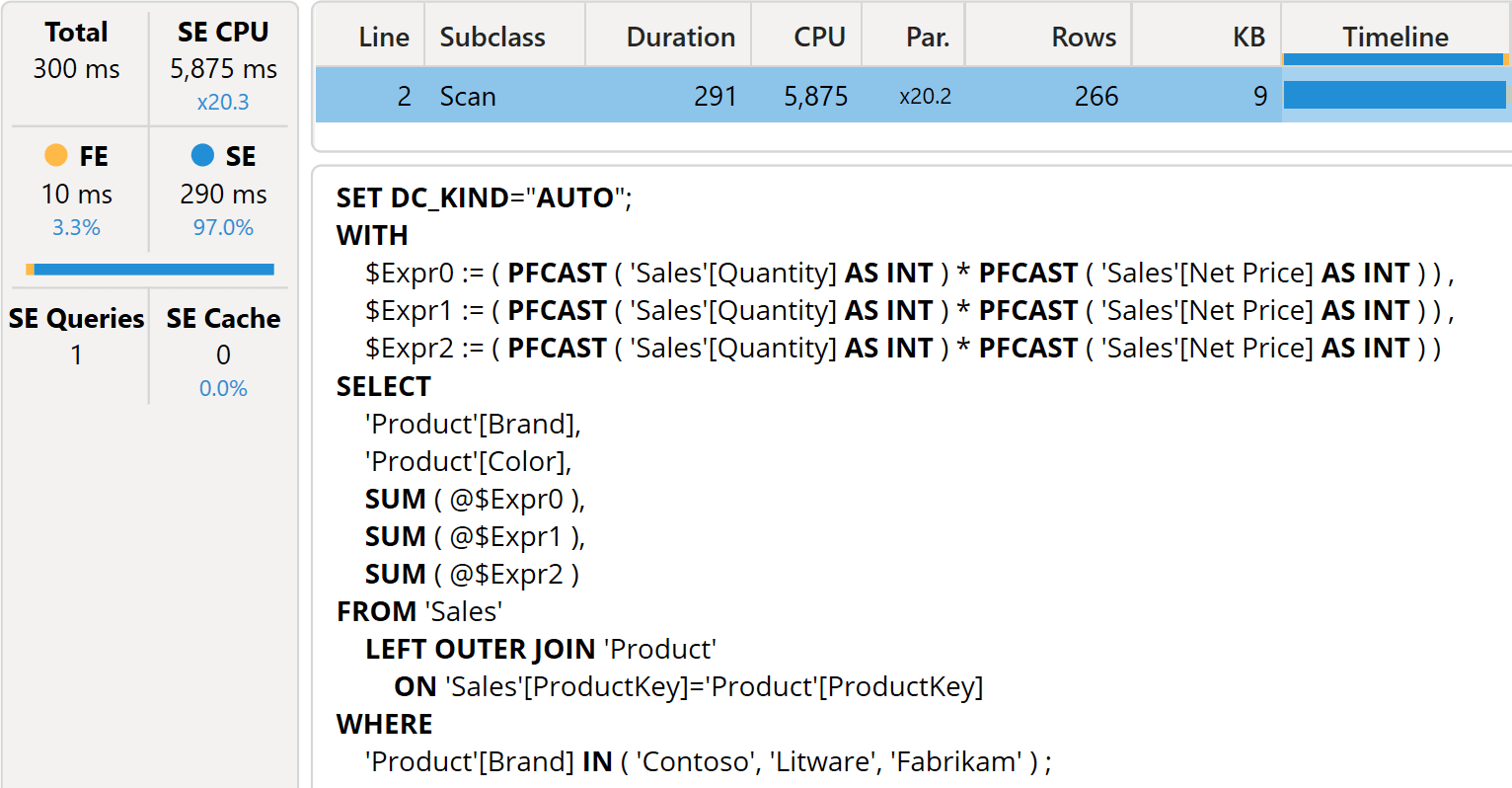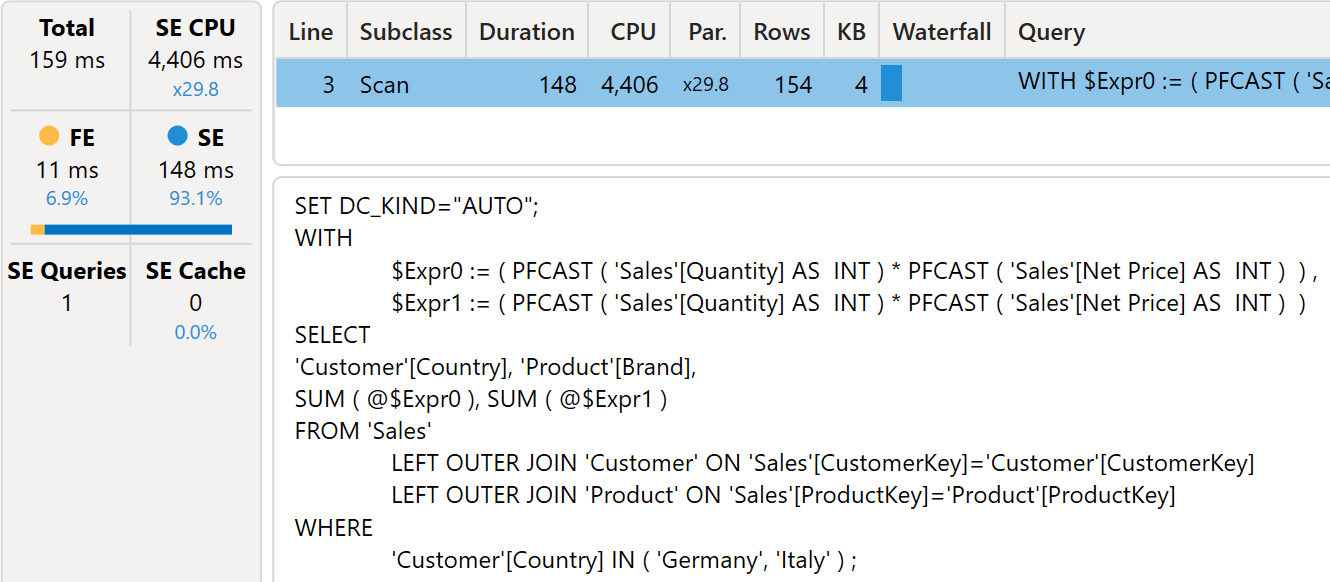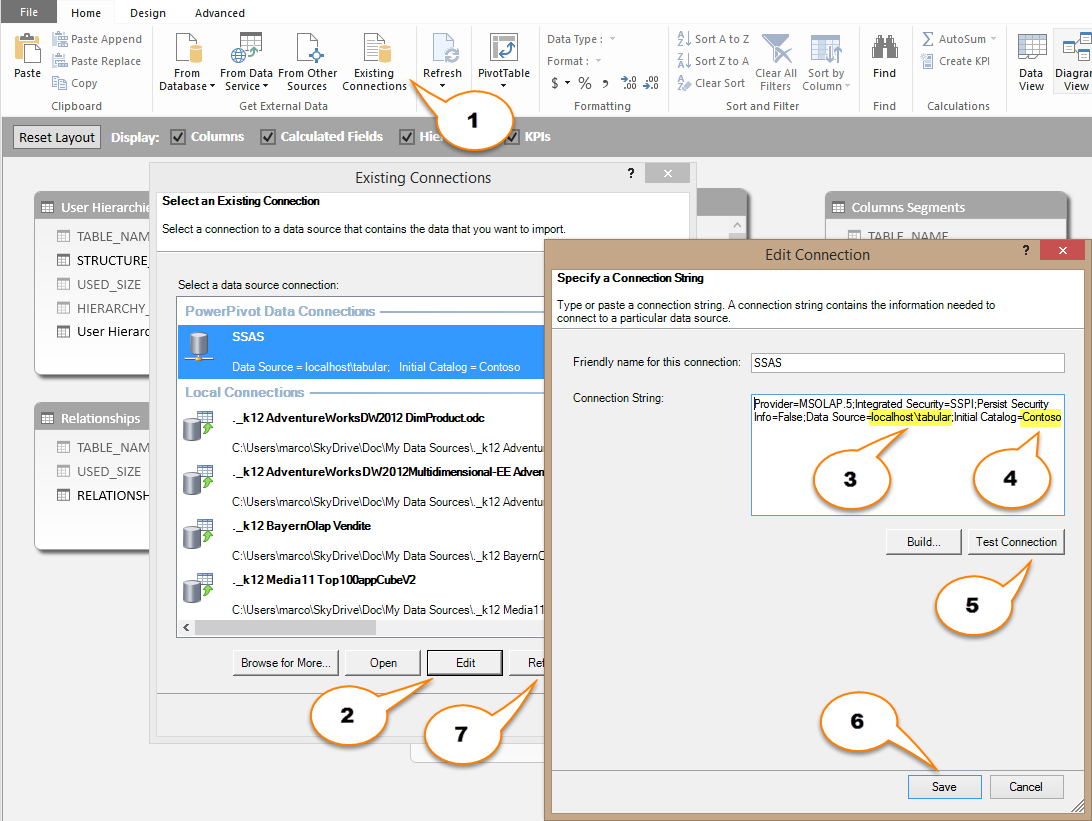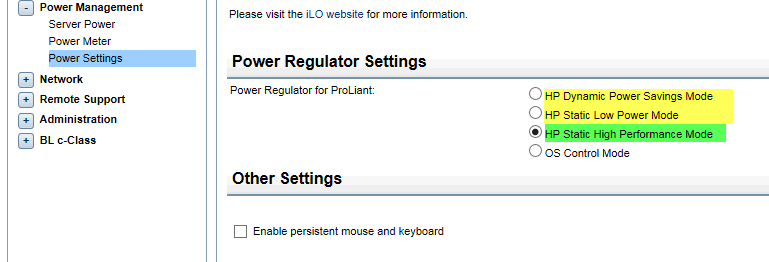Topic: VertiPaq
-
Writing measures referencing other measures is in general a good idea that simplifies the DAX code, but you might face specific bottlenecks. This article describes which performance issues might arise when different measures aggregate the same column using different filter… Read more
-
The second edition of the Optimizing DAX video course is available: new content, a new book, and some on the behind-the-scenes of the project. Read more
-
This article describes how to implement a DAX measure to run faster than what you get from the built-in fusion optimization. Read more
-
Horizontal fusion is a new optimization technique available in DAX to reduce the number of storage engine queries. In this article, we introduce this optimization with some examples. Read more
-
Analyzing table and column size is an important step in optimizing a data model for Power Pivot, Power BI, or Analysis Services Tabular. This article describes VertiPaq Analyzer, an Excel workbook to analyze detailed information extracted from Dynamic Management Views. Read more
-
This article explains the roles of the formula engine and of the storage engine used to execute DAX queries. Read more
-
This article contains a short checklist of what you have to do in order to optimize the memory used by a data model in PowerPivot or in Analysis Services Tabular, including links to tools and resources that can help you… Read more
-
Hardware and virtualization settings have a big impact on Analysis Services Tabular performance. This article describes best practices for the most important settings to check. Read more
-
Choosing the right hardware is critical for a solution based on Analysis Services Tabular. Spending more does not always mean having a better machine. This short article describes how to choose the right server and, as you will see, the… Read more
-
The DIVIDE function in DAX is usually faster to avoid division-by-zero errors than the simple division operator. However, there are exceptions to this rule, described in this article through a simple performance analysis. Read more







